China’s factories represent the past, present, and future
Ever since Stephen Wilkes wrangled his way into a a school trip to China in 1978 the country has been on his mind. At the time, he remembers everyone in China rode bikes, and the only colors he saw were the greens and blues of the military-style uniforms that most people wore.
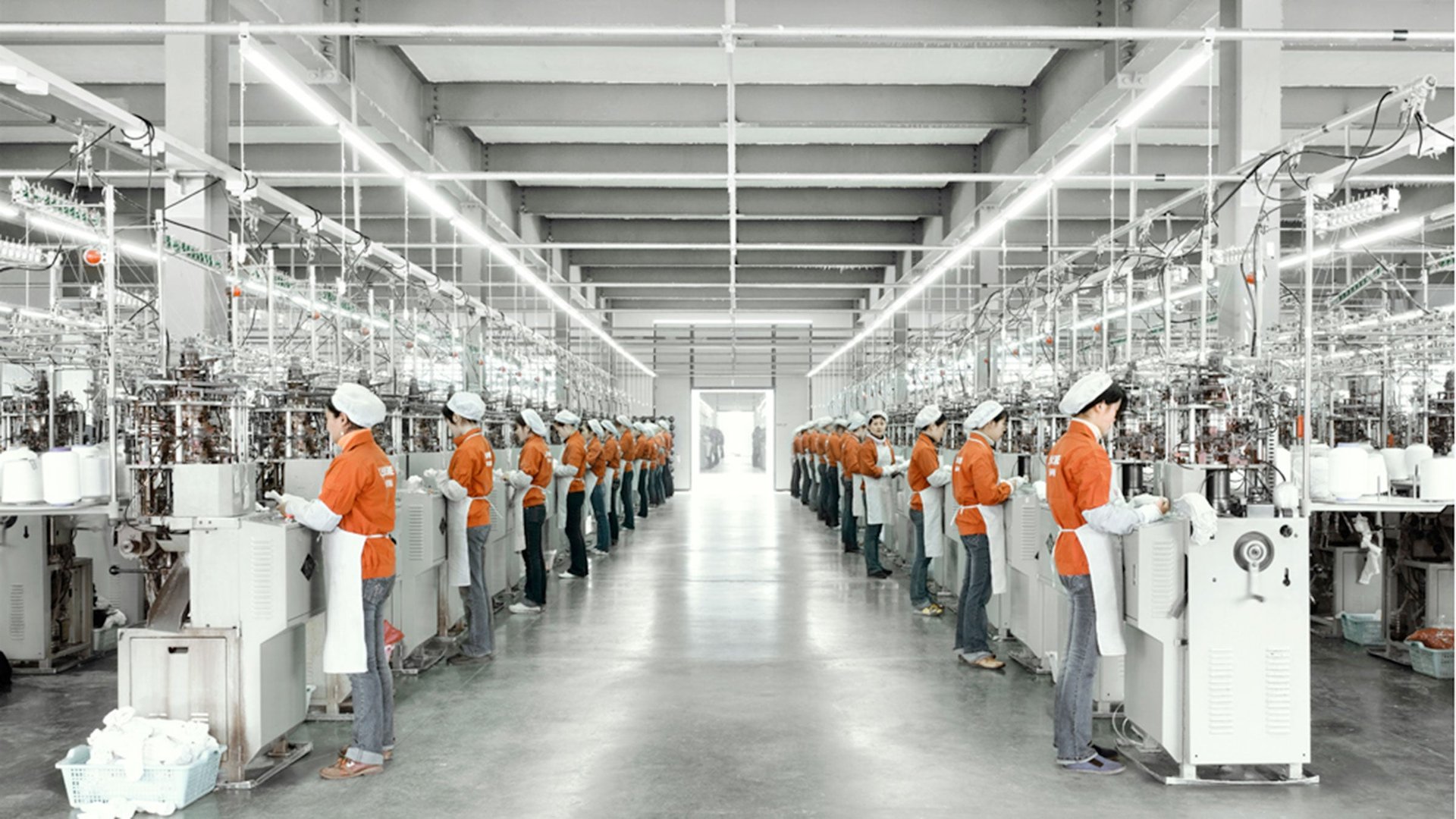

Ever since Stephen Wilkes wrangled his way into a a school trip to China in 1978 the country has been on his mind. At the time, he remembers everyone in China rode bikes, and the only colors he saw were the greens and blues of the military-style uniforms that most people wore.
In 1978 Wilkes was a college student in the US at Syracuse University in New York, studying at the S.I. Newhouse School of Public Communications. The trip was planned for another school at the University, but Wilkes convinced the powers-that-be that the historic journey needed to be documented. It was two years after Chairman Mao Zedong’s death and the end of the cultural revolution. Wilkes was brought along as a photographer.
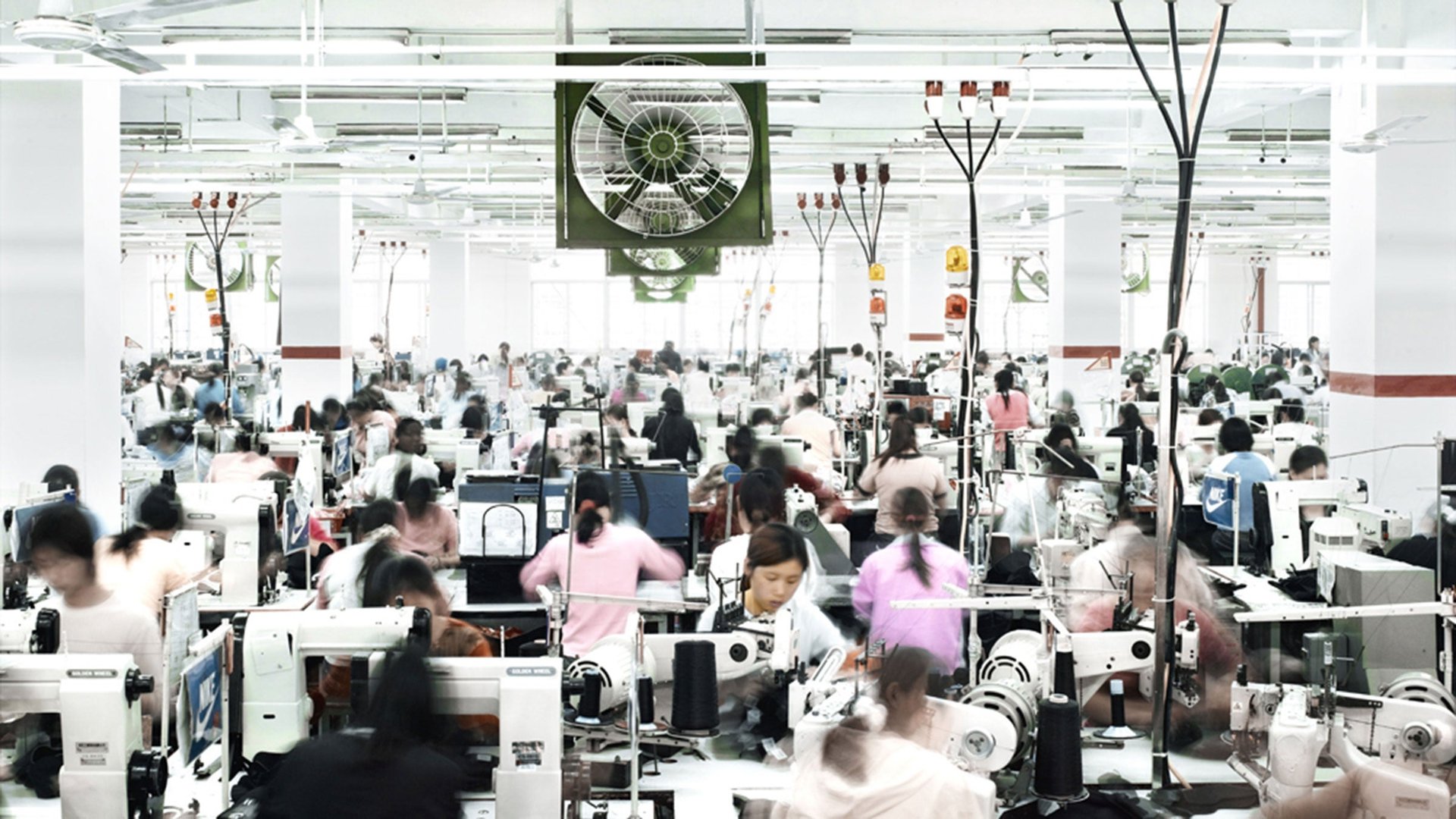
Wilkes began photographing China again 12 years ago, after his brother started doing work in the country. He became fascinated by how much the country had changed. He calls the advancements “mind-boggling.”
Wilkes wanted to uncover how the country had changed with such speed, and he was led to the factories. He found operations the size of cities. He saw industries “melding hand labor on an incredible scale with state-of-the-art technologies,” he said. So much of China is about the the latest technologies brought made efficient and immense. “It starts at the Great Wall and that transcends to almost everything,” he said. “I don’t think most Americans understand the scale of what’s happening in China. The speed and the scale is what China is about.”
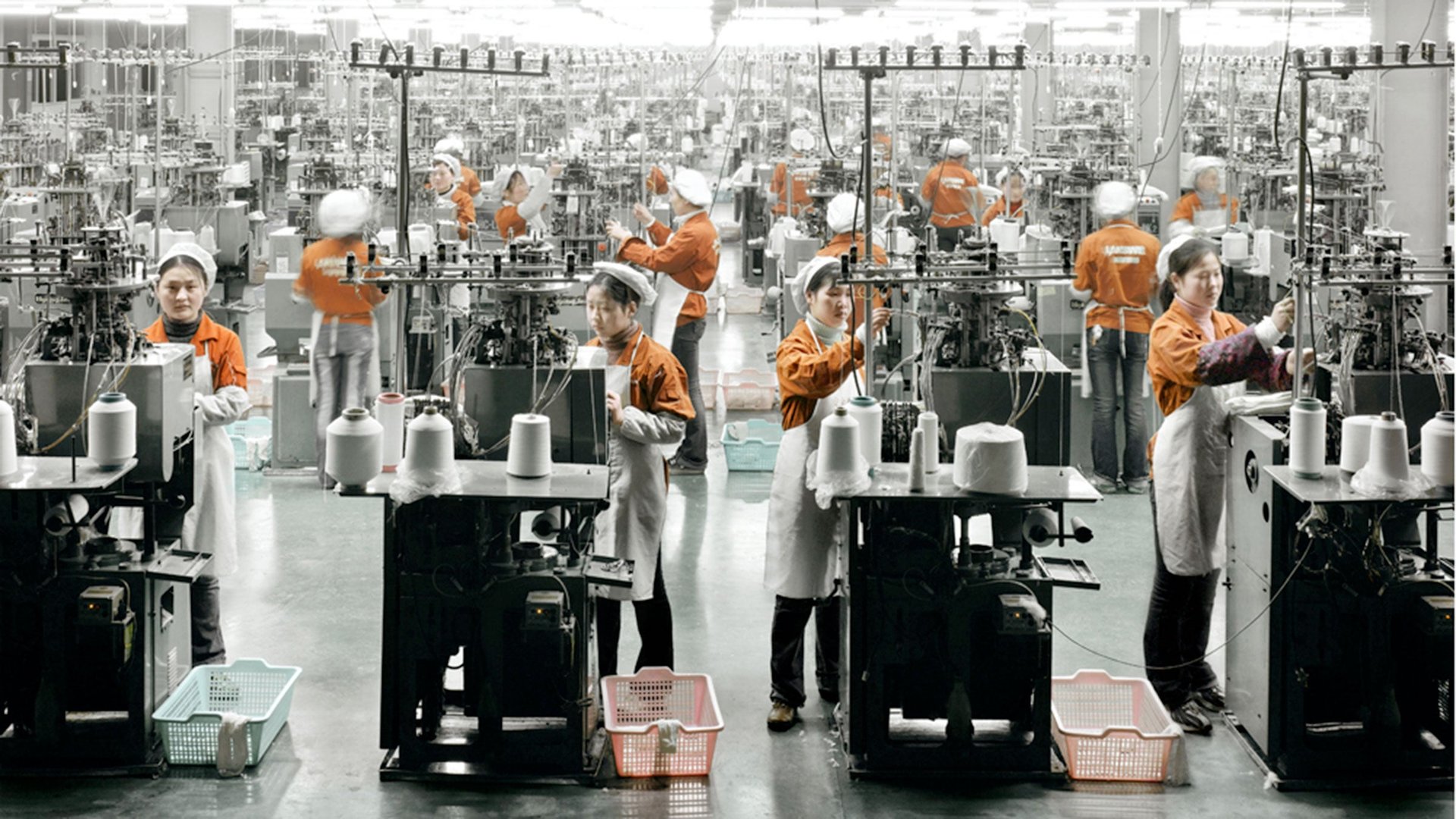
Wilkes began photographing in the factories using large-format cameras giving him the ability to make large-scale images with vivid details. Those details often involved the factory employees. Wilkes often found the worker dehumanized in the factory. “Like a machine,” he said. He hopes his images will help viewers see and connect with the individual. “In the end it’s very much about the humanity,” he said. “There’s a person there.”
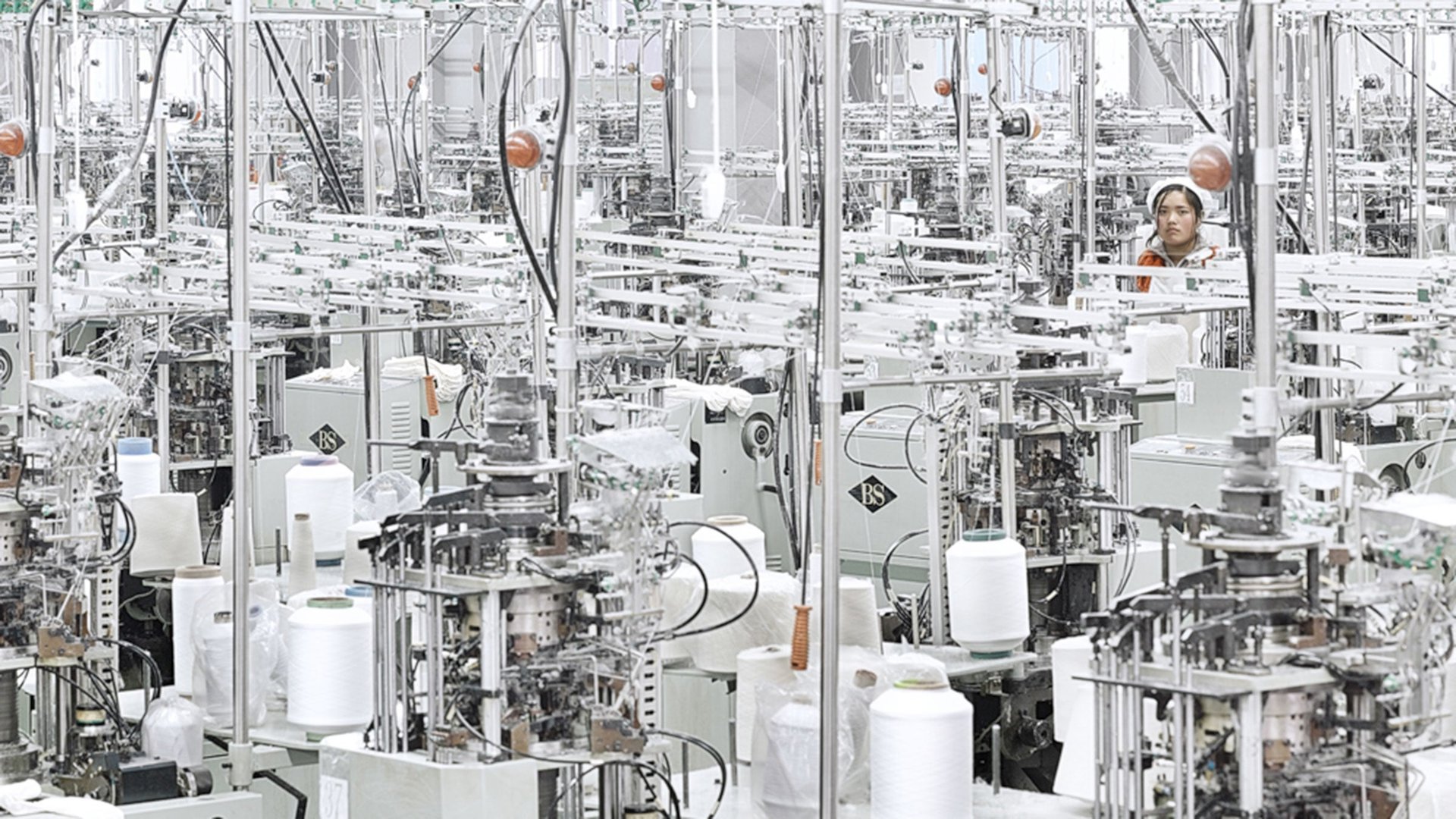
Wilkes has been photographing enough to see advancements in the human conditions of the factories as well as the advancements in technology. He’s noticed workers being rotated to different positions and factory management taking cues from industries in other countries regarding workers rights.
In the past year, factories in China have been a focus of the news media. The New York Times revealed the human costs of building the iPad and other electronics, and a segment on the American public radio show “This American Life” profiled comedian Mike Daisey’s trip to a factory that produces Apple products under troubling conditions. Although Daisey’s story was later revealed to be largely fabricated, the impression of factory conditions in China is abundantly negative.
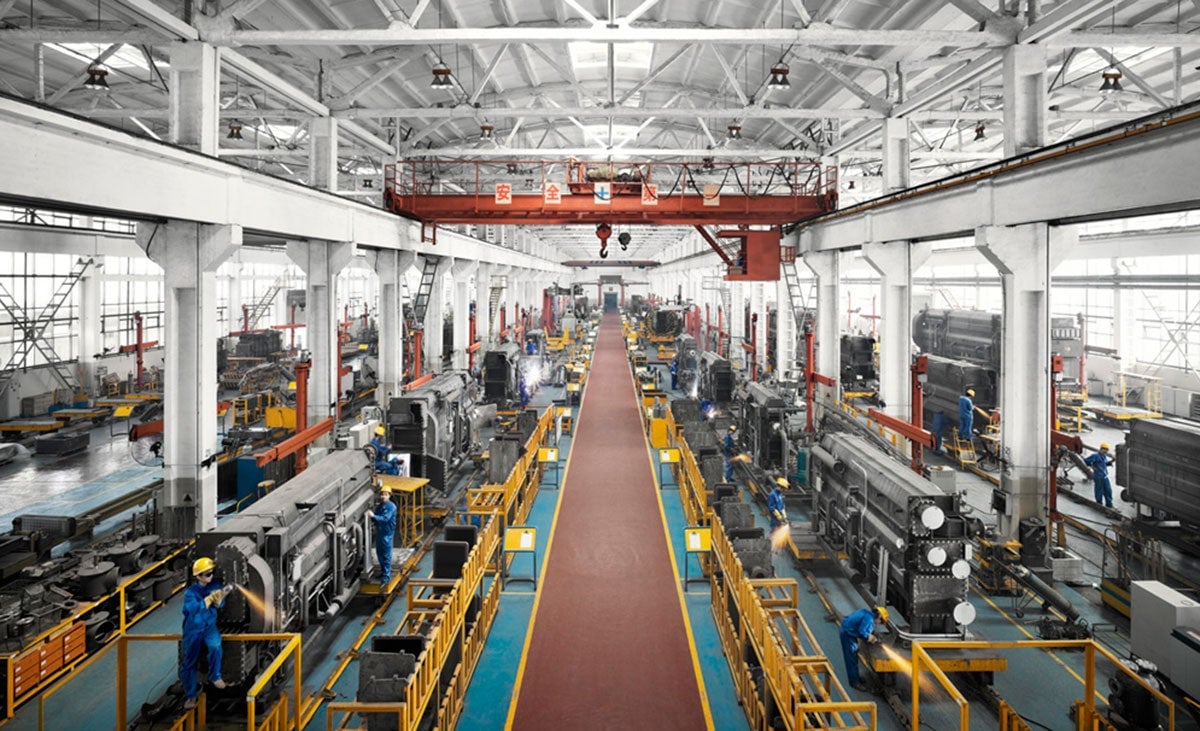
Many of Wilkes’ images were photographed a few years ago. He doubts he would have the same access today. He emphasizes the difference between the news reports of factories in China and his photography. “My work was about art really. I’m not really making political statements. It was a refection on my memory of China and what China has become,” he said.
If he has a statement, it’s on understanding. “We have so many differences culturally [in the US],” he said. But “when you understand something you don’t fear it as much.”
All photos Stephen Wilkes